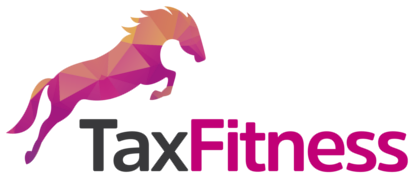Shop around for a lower fee super fund
Super is an Australian government-regulated savings plan for retirement. Your Australian employer must pay a percentage of your earnings into your super account, and your super fund invests the money until you retire. How much you retire with can be significantly affected by the fees your super fund charges. It is therefore important to shop around for a lower fee super fund.
Types of funds:
- Accumulation funds – your money grows over time based on how much your employee contributes each week and how the funds investment portfolio performs.
- Defined benefit funds – A company formula determines how much your benefit will be at retirement that than investment return.
- MySuper accounts – where your super goes if you don’t designate a super fund to your employee. MySuper accounts generally have lower fees and a simplified service
- Self-managed super funds – managing your own super.
Implementation and cost
How to choose a super fund:
- Ensure all fees are transparent.
- Shop around for a fund with low fees by using a comparison website. Comparison websites are out to make money too and may take commission to promote particular funds. Use these sites only as a general guide.
- Use ATO MyGov to find and combine your super accounts into one.
- Do not withdraw your super early.
In practice
Jane is 24. She has 45000 in super fund X which has an indirect cost ratio of 3.5%. Jane makes $80,000 pa. and her employee contribution is 11%. Jane wishes to retire in 46 years at age 70. With a 7.5% investment return per annum, Jane stands to retire with $320,893.
If Jane moves her Super into a super fund Y with a 1.5% indirect cost ratio, she will retire at age 70 with $584,392.
Use a superannuation calculator to work out how much wealth you can generate by switching to a lower fee super fund.
"You’d be stupid not to try to cut your tax bill and those that don’t are stupid in business"
- Bono: U2





